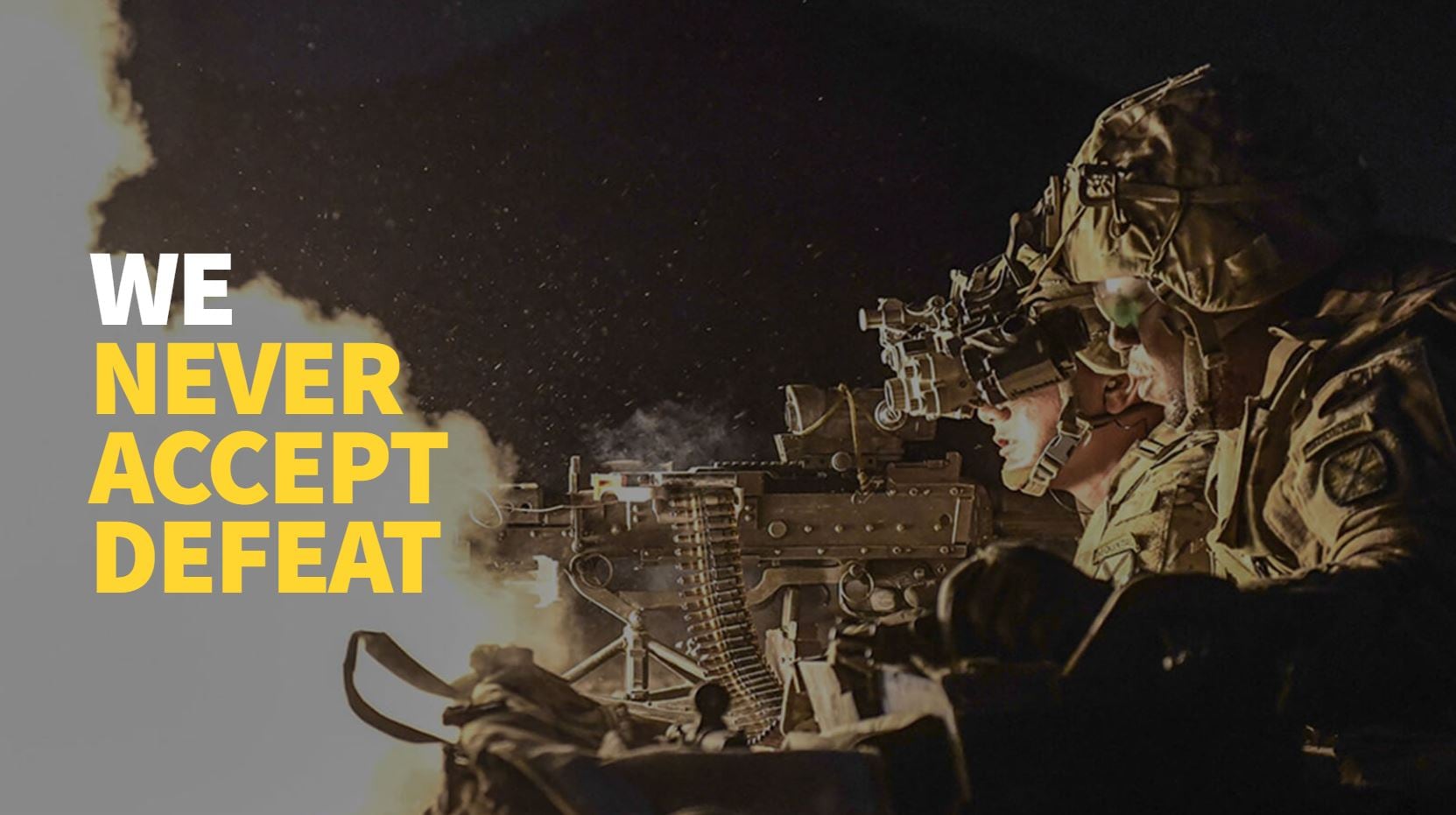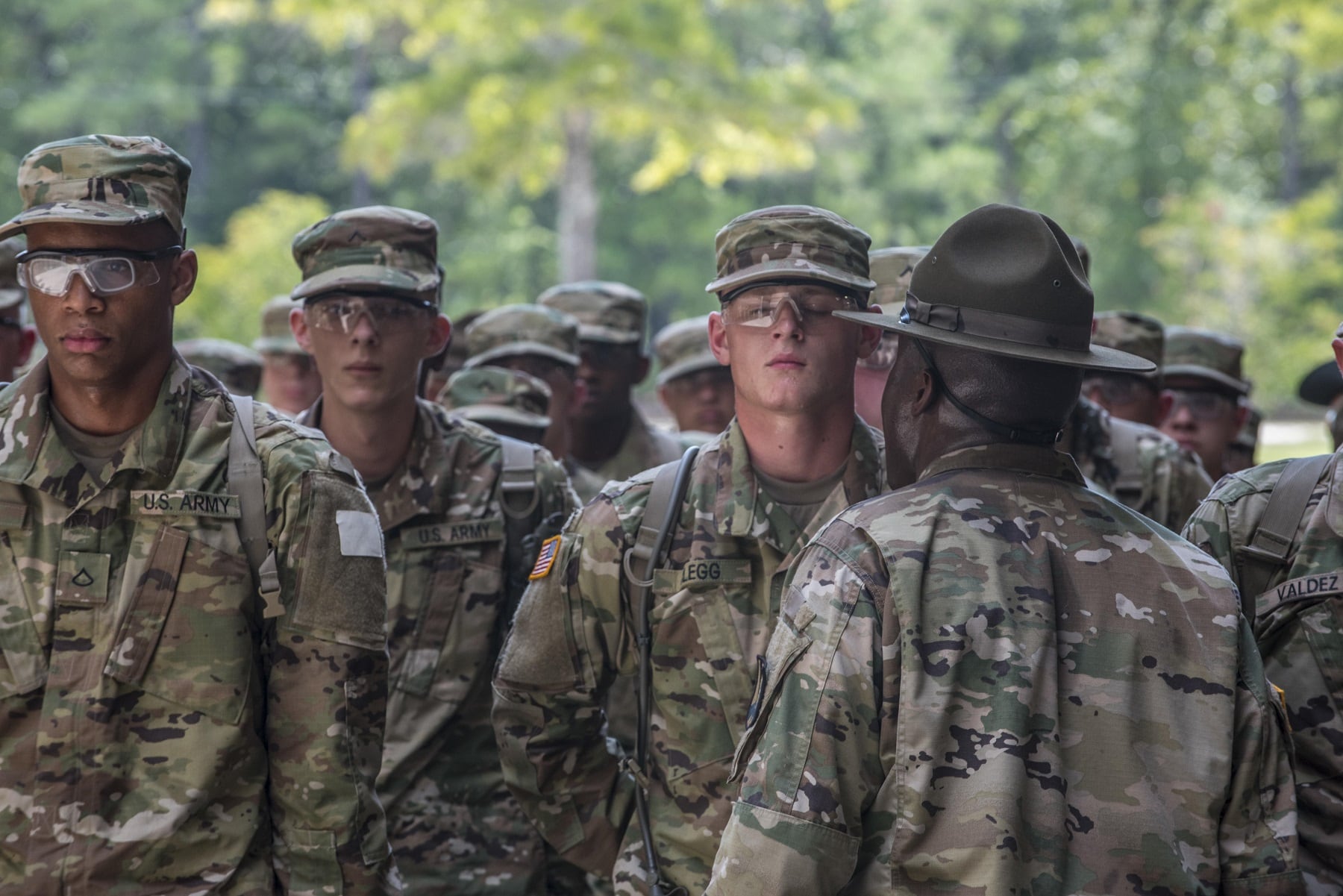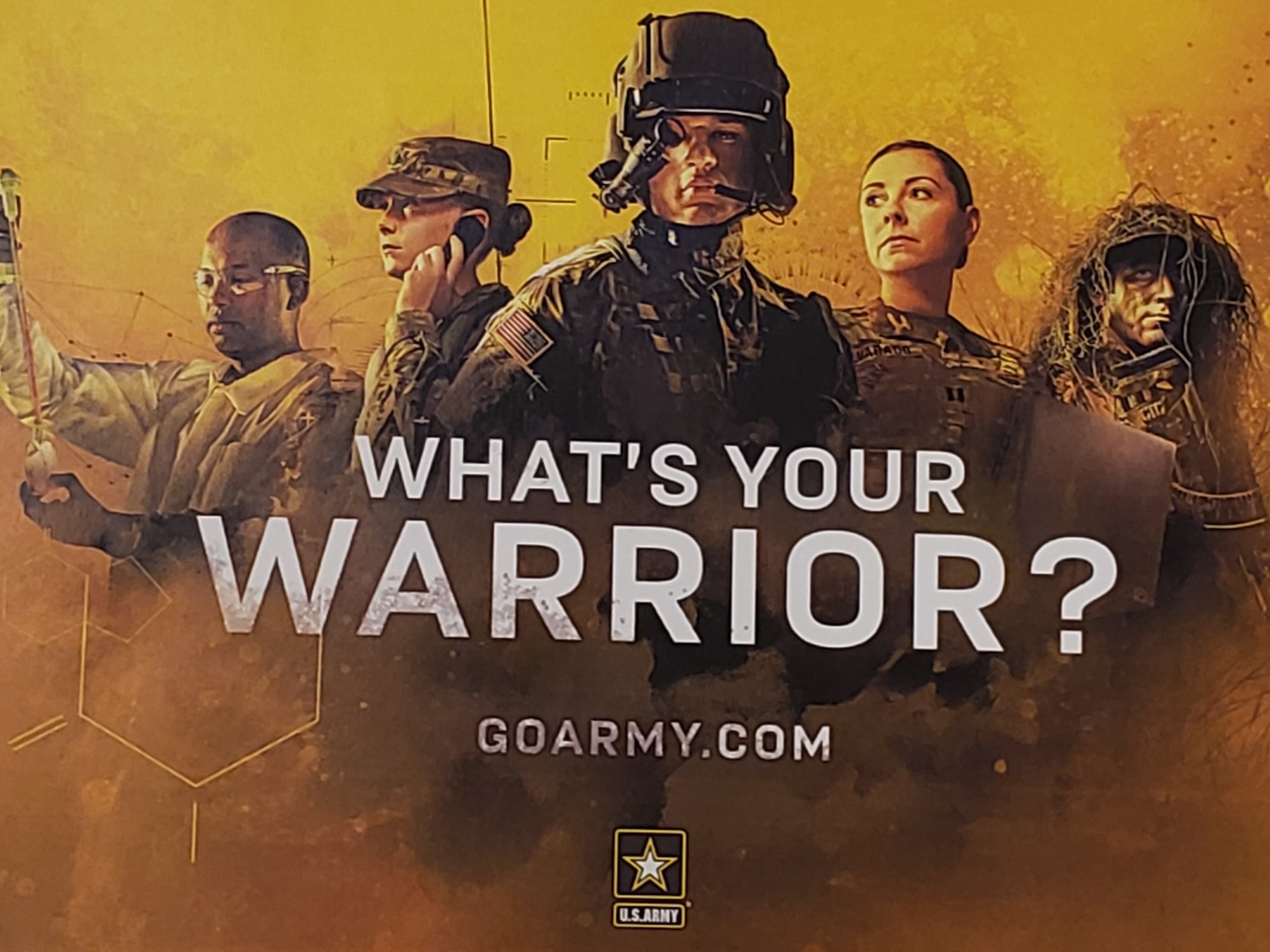The Army is preparing to launch an advertising campaign this November called “What’s Your Warrior?” courtesy of the service’s new Chicago-based marketing team.
The campaign differentiates from past efforts in its focus on the Army’s many military occupational specialties that don’t involve direct combat, according to Brig. Gen. Alex Fink, chief of Army Enterprise Marketing.
While the campaign hasn’t launched yet, Fink gave Army Times an early look of one copy of a print ad. It depicts actual U.S. soldiers from five different career paths: a lab tech, a signals troop, an aviator, a cyber operator and a sniper-qualified soldier.
Those types of roles can be difficult to fill.
“These particular MOSs featured here are indeed in those top ones we need,” Fink said. “But that’s not necessarily why we chose them.”
The soldiers were chosen for the ads because the marketing team wants to expose Generation Z to a variety of options.
“We want to surprise them,” Fink said.
Everything from the colors to the music used in the ads will be intended to key an audience into what Army Enterprise Marketing hopes will be a strikingly different campaign than past ones.
“What we’ve shown our audience in the past hasn’t surprised them at all,” Fink said. “Soldiers in direct action, combat situations ... they already know that about us.”
The campaign will be laid out in a series of chapters. The first releases in mid-November will focus on the team aspect of service. Roughly five months after that, a second release “will roll out the characters.”
RELATED

“Chapter two will be about the individual, so we’ll look at each of these folks and we want to try to bring them to life, because they are real soldiers. They’re not models,” Fink said.
Each of the five soldiers have been interviewed and content will be generated in the form of 30-60 second ad spots, online videos, banner ads and other presentation formats to tell their stories.
It’s all a bit of a contrast to the “Warriors Wanted” ads launched last year. That campaign used soldiers from units like the 75th Ranger Regiment and 160th Special Operations Aviation Regiment to show off the Army’s contribution to the Pentagon’s favorite buzzword — “lethality.”
But in a competitive job market and booming civilian economy, the Army needs to change how it presents its story, according to Fink.
These new ads are focused on Generation Z, or those born after 1996. It’s a cohort of young people that are seeking a larger purpose and narrative in life, according to Army leadership involved in the service’s recruiting push.
“This generation, as opposed to other generations, it’s a shift. They want to serve something bigger than themselves," Sergeant Major of the Army Michael Grinston said in September. "It may surprise you a little bit.”
Finding out how to tap into that sentiment among Gen Z could prove challenging for the service, though, as it works to meet bold recruiting goals year after year to grow to a 500,000-strong active-duty force by the end of the next decade.
RELATED

A Morning Consult poll conducted in May 2019 found that Gen Z adults are notably less trusting of the military, among other institutions, than past generations.
The Army’s new marketing team intends to show young people why becoming a soldier is indeed an option, even as military service in general drifts further into an insular pursuit for many American families.
“We’re just trying to make it relevant to consider service in the military, whether it’s for one term or for a career," Fink added.
A Pew Research poll from 2011 highlighted an often observed civil-military divide in the United States: service members are increasingly likely to come from military families themselves.
Fink, who spent much of his career in the Army Reserve, often noticed that growing divide in his civilian pursuits.
“I’ve had places I worked or clients I worked with, where I was the only person they had ever known who served in the military,” Fink said. “They revere us, but they don’t see us in their consideration set.”
When the new ads do begin to appear, Army Enterprise Marketing field representatives will use data analytics at the local media level to figure out how to place ads and what resonates best with audiences.
About 30-40 percent of the new ads will be in online video, sports and cable, according to Fink. The remainder will be mostly in digital advertising, to include social media.
Army Enterprise Marketing is working right now to rebuild the GoArmy.com website and put in place a digital and analytic infrastructure that can better predict behavior of potential recruits.
“In the future, we want to be able to ... deliver content to a prospect based on their online behavior,” Fink said. “That’s a goal of this eventually. If we have a guy whose last 25 web searches were in the cyber area, we need to deliver an ad focused on cyber.”
“That’s not what we have right now, but that’s what we want to evolve to,” Fink added.
Kyle Rempfer was an editor and reporter who has covered combat operations, criminal cases, foreign military assistance and training accidents. Before entering journalism, Kyle served in U.S. Air Force Special Tactics and deployed in 2014 to Paktika Province, Afghanistan, and Baghdad, Iraq.





